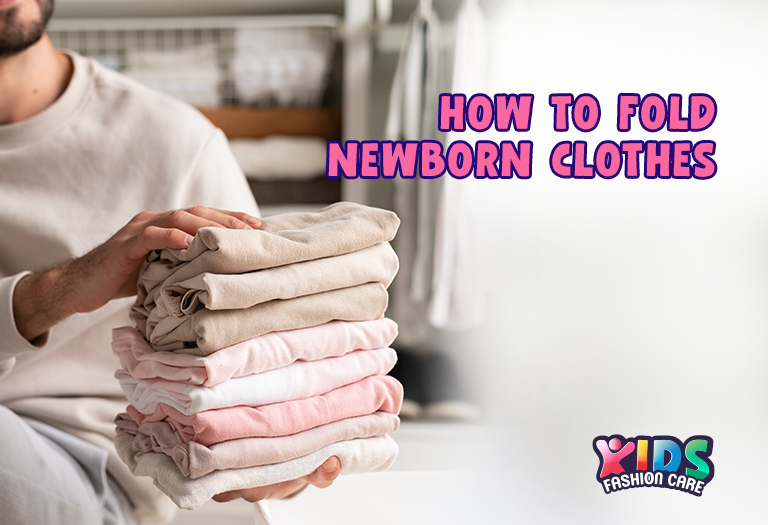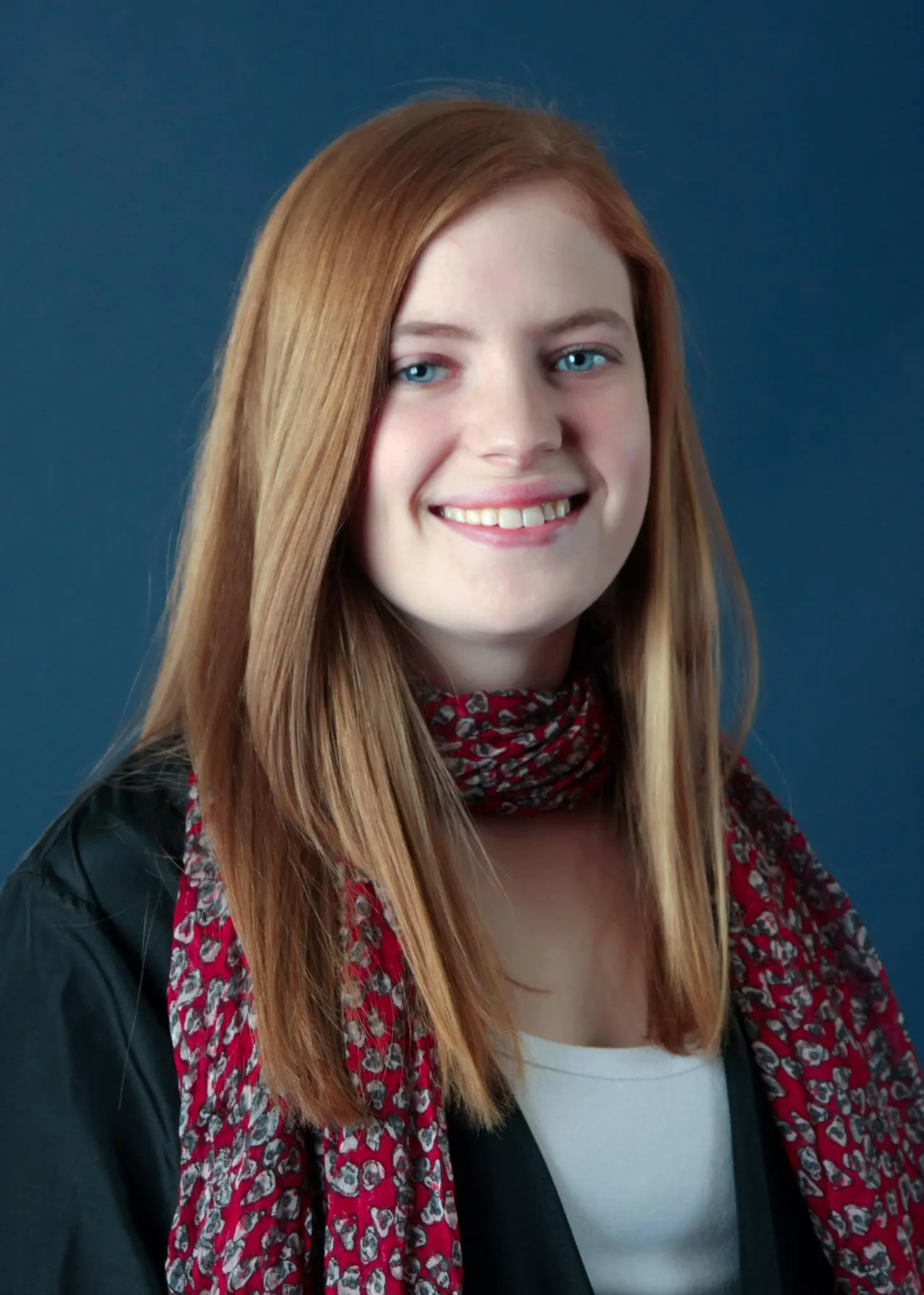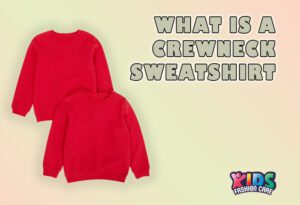How to fold newborn clothes? You can follow different types of folding methods to fold and store your little ones clothes. From the traditional method to the KonMari method, every method can come handy depending on your storing system.
New parents often struggle to handle these tiny cute clothes. Their tiny size can make it tricky, but with the right techniques everything can be organized and accessible. Lay the onesie, sleeper or pants flat on a clean surface and smooth out any wrinkles, and fold them neatly in half or thirds. This method helps with stacking clothes in drawers or shelves. It is also easy to grab clothes during changing diapers or feeding when you can just grab and go.
If you want something space-saving, fold your clothes into neat rectangles and keep them up in your drawers. This popular technique is known as the KonMari method. The rolling method also works for packing to travel or small spaces. With this method clothes will have less wrinkles and use up less space.
Table of Contents
Being a new parent is a hectic task, especially when organizing these cute little clothes. When I had my newborn, I quickly realized that the key to staying on top of things was organization. The little ones grow fast, and the piles of tiny clothes seem to grow even faster. I understand that you can get easily overwhelmed by laundry when you’re already tired from sleepless cry-baby nights. However, if you can organize baby clothes by following good folding methods then you can keep everything tidy.
In this blog, I’ll guide you through how to fold newborn clothes based on my own experience. You’ll learn simple folding techniques, essential tips for organizing, and how to maximize space while keeping everything neat.

Essential Supplies for Folding Clothes
It’s important to have all the right supplies in hand before starting the folding. I used these basics to keep everything in order.
Laundry Basket or Bin
That laundry basket for just baby clothes was my saving grace. After each wash, I made sure to immediately sort the baby’s clothes into a separate bin to prevent them from mixing with the rest of the laundry. This was time saving and kept everything ready for folding.
Changing Table or Flat Surface
Folding newborn clothes on a clean, flat surface made the job much easier. I used the changing table as my main folding station. It is important though to clear this space so you do not get any germs of dirt on the clothes.
Storage Options
There should be enough storage places for folded clothes. I opted for a mix of drawers, bins, and shelves. I went with a combination of drawers, cupboards and shelves. Bins helped me sort clothes by size, while shelves allowed for easy access to blankets and swaddles. Drawers were the perfect storage solution for tiny baby items: socks and onesies.
Preparing the Clothes
Before folding, you’ll want to prepare the clothes. A little preparation goes a long way in making the whole process smoother.
Sorting the Clothes
To avoid confusion, I found it helpful to sort the clothes by size, type, and season. Here’s what I did:
- Size: Separate clothes based on size ranges, like 0-3 months and 3-6 months. This kept me from accidentally dressing my newborn in something too big or small.
- Type: Group similar items together: onesies, pants, socks, sleepers, and outerwear. This way, when I needed something quickly, I knew where to find it.
- Season: Separating summer clothes from winter outfits helps a lot and it can make your closet look less cluttered. I did this with the lightweight cotton onesies and heavier sweaters in bulks.
- Frequency of Use: I stored the most-used items, like onesies and bibs, in the top drawers for easy access. Things I didn’t use as often, like dressier outfits, went on lower shelves.
Checking for Stains or Damage
Always inspect the clothes for stains or damage before folding. I often found little spills or stains that needed treating before putting them away. Addressing this before folding saved me from surprises later on. A quick once-over can keep your baby’s wardrobe fresh and clean.
The Folding Process for Storing and Travel
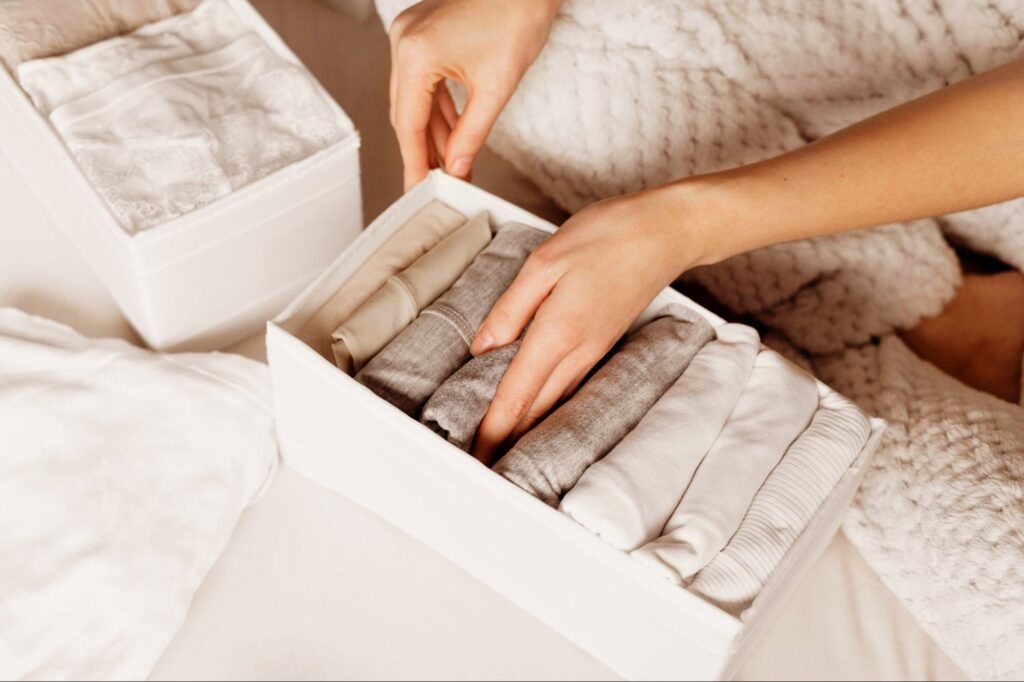
Everything sorted and has been ready, now lets move to actual folding. Methods vary depending on the type of clothing. But I’ll discuss some of the methods that I found to be most effective.
Basic Folding Techniques
When folding newborn clothes, the goal is to make the most of the small space you have. Here’s how I folded various baby clothes:
Onesies
First, lay your baby’s onesies flat on your folding area or clean floors. Then, fold the sleeves inward along the sides. If there is any print on the onesies try to keep it in the front side, so that you can find them easily. Then, fold the bottom part (with the snaps) up toward the neckline. Finish with folding the whole onesie in half or thirds, depending on your storage needs. Place them in the drawer neatly, don’t mix the colors. I always kept the white colors together and colorful clothes together.
Sleepers
Folding slippers and onesies are almost the same. First, lay the sleeper flat on the floor and fold arms back towards the body. Then, fold the legs up toward the torso. You have to fold the sleeper one more time in half, or in thirds if space is a priority.
Pants and Leggings
You can fold baby’s pants and leggings by following the same method. Lay the pants flat on the floor or table. Then, cross one leg over the other. Fold in thirds for compact storage. You can also follow the rolling method here. This method keeps them neat and stackable. By following this method you can see all the pants from the top. I’ll discuss this matter later in this blog.
Swaddles and Blankets
Folding and storing swaddles and blankets is easy. First, fold the blanket in half, and then in half again. It’ll create a tidy rectangle. Alternatively, roll the blanket to save space. This is great if you are storing them in bins.
Socks
Lay each pair of socks on top of each other. Fold the pair in half to keep them together. You can also roll the socks. If you have a drawer divider, place them in a small section to prevent losing them.
Onesies with Pants
For onesies with pants, fold the pants first. Then, place the folded onesie on top of the pants and fold them together. This method helps keep outfits organized, especially for quick changes.
You can also follow these methods to organize your suitcase if you have any family trips ahead.
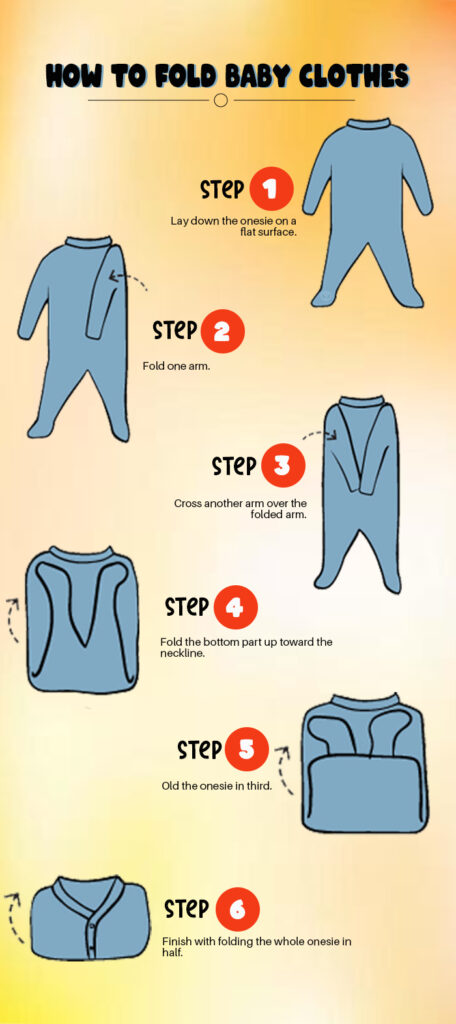
How to Organize Baby Clothes with Different Folding Methods
There are different folding methods for newborn clothes. These methods can serve various purposes, whether you’re saving space or just keeping things neat.
Traditional Fold
Traditional fold is a great way to easily pile up clothing. This method is more suited for sorting things in drawers or adjusting them to work on racks. Simply fold the item flat, smooth out the wrinkles, fold it in half or thirds, and stack it. This is a quick, simple step that will help keep things tidy.
KonMari Method
The KonMari method is space-saving. This folding follows a vertical folding technique popularized by Marie Kondo. It helps clothes stand upright in drawers so that you can see everything at a glance. To use this method, simply fold your item in thirds vertically and then horizontally into a small rectangle. When you place it in the drawer, it should be able to stand up so an organized clean clutter-free zone is at your reach.
Basic Fold
Clothing can be paired rather easily by using a technique called basic pairing, such as socks or mittens (usually the stuff that gets lost in an attempt to speed through laundry). You put the one over the other, folding them and ensuring they don´t get lost or mixed up.
Rolling Method
Rolling is an excellent space saving technique: in your drawer, and for packing. This requires folding it in half and then rolling it up from one end to the other. The fresher the clothes, the fewer wrinkles they have, and that calls for a wrinkle-reducing method of storage to maximize space– perfect for everyday use or trips!
Basic Pairing
Basic pairing is a simple technique used to keep pairs of items (like socks or mittens) together. You place one item on top of the other and fold them together, preventing them from getting separated or lost. It’s a quick, efficient way to keep paired items organized.
Ball Method
The ball method is an easy technique for folding small items like socks or mittens. Place one item inside the other and roll them into a small ball. This keeps pairs together and takes up minimal space. It’s especially useful for tiny items that are easy to lose track of.
Basic Rectangle Fold
This one is perfect for larger items such as blankets or swaddles. In this method fold the item in half and then fold it again to get a tidy rectangle. This method is great for stacking and works well for organizing items on shelves or in bins.
Vertical Fold
Vertical fold maximizes drawer space by allowing folded clothing to stand upright. The item should be folded and able to stay on its own in a vertical position. Works great for everything in a drawer so you don’t have to dig through piles!
Why Organizing Baby Clothes is Important
Maximizing Space
Baby clothes are small but they can pile up fast. Fold things properly and organize to ensure that you are utilizing every square inch of space in your drawers, beans or closet efficiently.
Easy Access
Folding and organizing all clothes will certainly make it easier to find whatever you might need. Which is usually something very important when you need to change the baby’s diaper or dress them up.
Seasonal Rotation
Organizing into size and season helps you switch clothes in and out as your baby grows or the weather shifts. There will always be the right clothes at hand.
Storing Folded Baby Clothes
Now that your newborn’s clothes are folded, it’s time to store them.
Drawers
In drawers you can follow the vertical folding to keep items visible and organized. Keep frequently used items like onesies and bibs in the top drawers. You can also use drawer dividers, that can help you separate different types of clothes, like socks and shirts.
Bins or Baskets
Use a bin or baskets to put rolled clothes inside them. I’m talking about the rolling method a lot because rolling clothes can help save space in bins or baskets. Also, a pro-tip, label bins based on the type of clothes or size ranges (like “0-3 months”). You can easily access clothes by labeling them.
Closet
Tiny clothes hangers are best suited for the more wrinkle-prone dress and outerwear section. You can use shelf organizers for folded clothes and organize them by size or type.
Additional Tips
Laundry Tips for Newborns
Wash newborn clothes with mild baby laundry detergents. They are delicate and require extra sensitivity. And check your clothes for stains or damage before folding to prevent any existing stains from being set.
Using Storage Labels
When it comes to organizing labels are my best friends. Label bins, drawers, and shelves based on the size or type of clothes. Thus, you will have things in your place where they should be.
Involve Your Partner
It is quicker and much more fun when you share the responsibility with your partner. This will also help keep both you and your partner on the same page in parenting.
Related: Where to Donate Newborn Clothes: Every Parents Should Know
Frequently Asked Questions (FAQs)
Question: What is the best fold for a newborn?
Answer: There are several folding methods for newborn clothes. It really depends on your storage system which folding method will suit you best. If you are planning to store them in the drawers then you can follow the traditional folding method, basic folding method, or rolling method (if you have less space). If your storing option is a bin then you can follow the rolling method or KonMari method.
Question: Why is rolling better than folding?
Answer: In some cases rolling the clothes is better than folding. Rolled clothes take less space and you’ll have less possibility to get wrinkled clothes.
Question: Do you fold or hang newborn clothes?
Answer: You can follow both the folding and hanging method of newborn clothes. Some clothes you may use less frequently, like party wear. You can hang them up to keep them wrinkle free. Outerwear, like jackets or coats also should be hung up.
Question: How to arrange a newborn baby wardrobe?
Answer: You can arrange a newborn baby wardrobe by the types of clothes. Keep all the socks in one place, then keep the onesies in another place. You can also organize them by colors. Keep the white clothes in one place, otherwise they can get dirty or get the colors of another clothes.
Conclusion
Although folding baby clothes might sound like an easy job, it has a significant impact on how smoother your day goes. So keep your baby’s wardrobe and day-to-day life organized, and enjoy these moments with your new baby instead of panicking over some unorganized clothes. It takes consistency, whether you go with the folding or KonMari method, it doesn’t matter because the key point is the same. You have to follow the consistency and don’t allow the clothes to pile up.
If you have any other tips on how to fold newborn clothes or organize your baby’s wardrobe, feel free to share!

